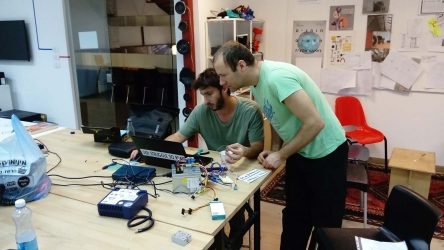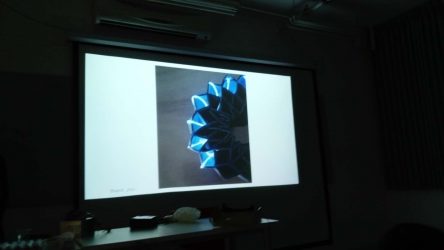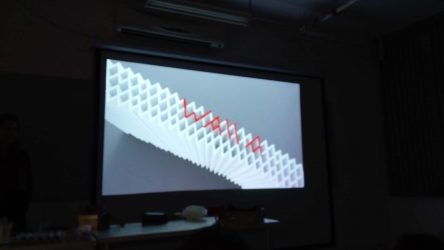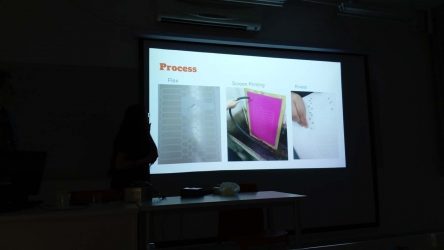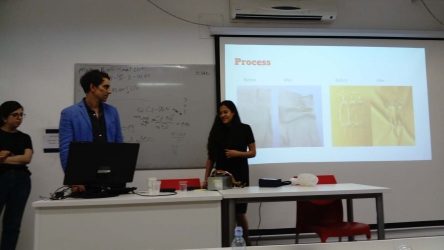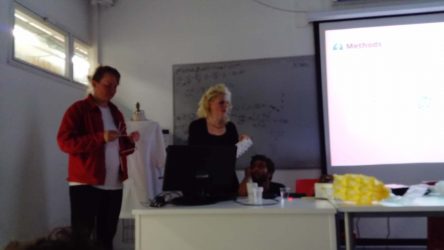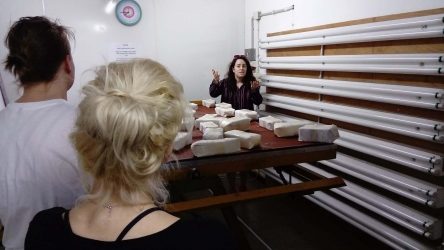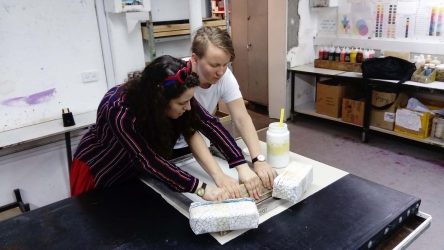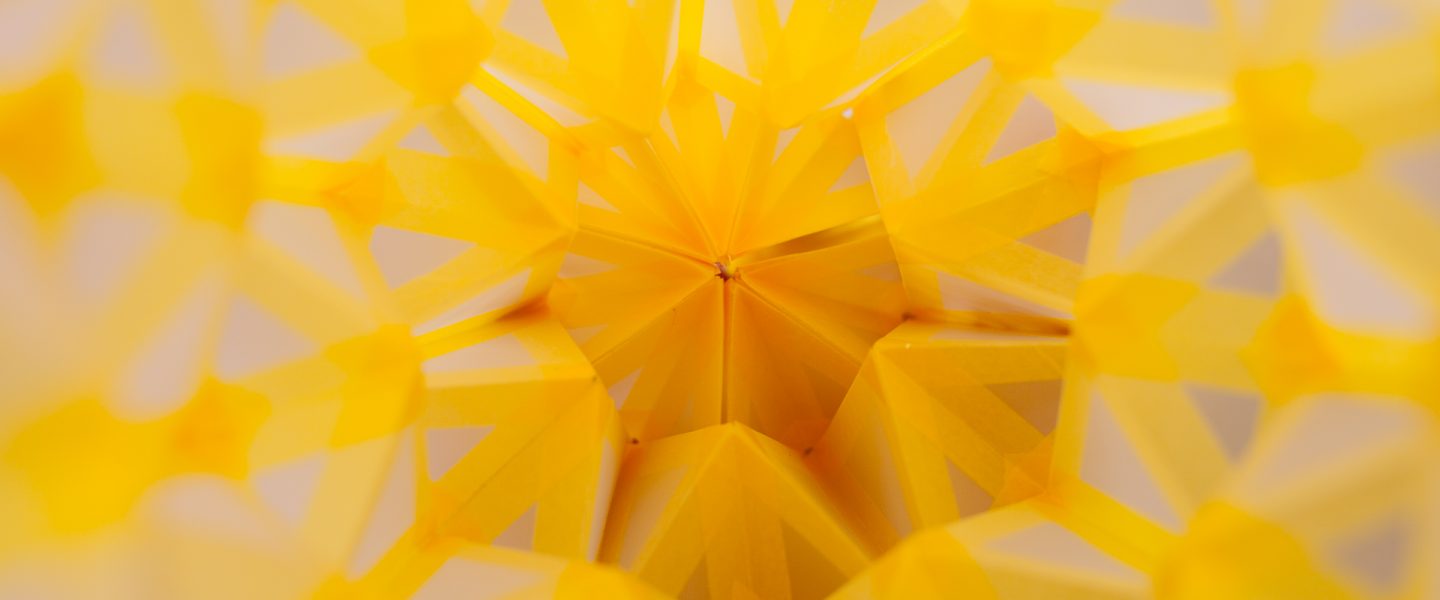
Close-up of pneumatic shelter - authors Helmi Marie Langsepp, Kristel Alliksaar, Eden Offer
March 4-13 2018
Tutors: Samson Shafran / Department of Textiles, Shenkar College of Engineering, Design, Art | Martin Melioranski / 3DL, Faculty of Architecture, Estonian Academy of Arts
Participants: Kristel Alliksaar, Helmi Marie Langsepp, Ulla Katariina Alla (EAA), Eden Offer, Assaf Shem Tov, Ira Estrin, Guy Rozenstein, Noi Sayas, Naomi Mashiah (Shenkar).
Support: Shenkar, EAA, ERASMUS+
In September 2017 Samson Shafran, while teaching at the Estonian Academy of Arts in Tallinn a workshop on 3D printing and textiles, initiated an idea of having a joint workshop at Shenkar in Ramat Gan, Israel. In the further development of it, we arrived to the theme of “Smart Surfaces”, the trans-disciplinary workshop that took place during the first two weeks of March 2018.
During a week-and-a-half we devoted the efforts towards pliability and reactive properties of soft materials through integration to interactive electronic and mechanic devices, in order to acquire structural properties, and other yet unknown effects.
During the first three days of workshop, a series of lectures, presentations and sub-workshops took place. Among them “Interactive Textiles” by Samson Shafran, “Synthetic Approaches to Smartness” by Martin Melioranski, “3D printing of Electronics” by Udi Zamwel – a product manager at Nano Dimension, Paul Jackson “Repeat Pattern Creation” and instruction of folding techniques, Zohar Messeca-Fara and Yair Reshef who introduced us to analog interactive electronics – resulting every one of us making a DIY flexible PCB and putting together a TinyTony 1.0, that includes an IR sensor and a motor. Along the week also Kinneret Itzhak introduced us to silk-screening techniques and lamination of textiles, which further opened up the imagination and possibilities of making working prototypes.
All of the aforementioned geared us towards further ideation and students getting more focused on the realization of their projects. During the final days Zohar and Yair helped all teams to make their projects, and Shachar Geiger from the interactive lab gave instructions on using Arduino with sensors to gain real-time reactive results.
On the Final Review three groups of students with backgrounds in architecture, industrial design, textile design and fashion design presented their work. There was no “demo-effect” – everything worked! – including a pneumatic shelter that reacts to humidity by Helmi Marie Langsepp, Kristel Alliksaar, Eden Offer, a multi-layered pliable wall from soft sound absorbing material with lighting function by Ulla Katariina Alla, Guy Rozenstein, Noi Sayas, and an exiting dress that reacts to external stimulation by folding it into a shorter version by Assaf Shem Tov, Ira Estrin and Naomi Mashiah. Ira also showed us a set of textile samples pigmented with thermo-reactive ink.
This process of making it work against many odds along the way, gave us confidence to take further plans for future collaboration efforts in the field of putting reactive texture and structure into pliable surfaces – whether directly architectural or related to the wider field of design and emergent tactility.
